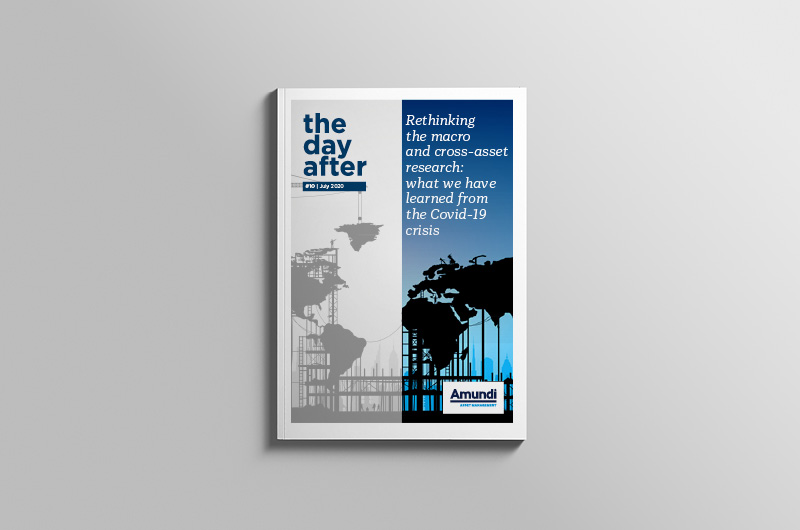6 Reasons virtual meetings are here to stay!
There have been very few winners in this pandemic, but maybe there is a silver lining for both advisers and clients. While the pandemic did not create an interest in virtual meetings, it has massively accelerated the adoption and improvement of that technology by the general population – and particularly, by the financial planning industry.
Zoom founder Eric Yuan could not have imagined the explosive growth of users of virtual meetings; from 10 million Zoom users in December 2019 to more than 350 million users in June 2020. And that is just Zoom; add in the other platforms (Teams, Webex, Sykpe) and it would be closer to a billion users per month, and growing.
The requirement to quarantine created the perfect conditions to push virtual meetings past the tipping point to general adoption. Once advisers and clients were forced to use the technology, it was worth climbing the learning curve to satisfy the need/desire to stay in touch. We all started slowly; the first few meetings were confusing and unfamiliar, however, that evolved quickly, to the online meeting being an important part of every financial advisers’ daily routine.
Of course, the pandemic will eventually end. And when it does everything might just go back to normal – driving long hours, jumping on planes to see our clients. But maybe not! Here is a list of six reasons why virtual meetings are likely here to stay.
1. More efficient use of time
A virtual meeting does not require the adviser or the client to travel to the meeting. No traffic jams to contend with; no map to follow; no parking meters to feed! A virtual meeting can be set up at any time that is convenient. In addition, the time and duration of the meeting can be managed for greater convenience, and better utilisation of everyone’s day.
2. The content is forced to make the conversation relevant
The limits of the communication channel force the adviser to be prepared for the conversation. Just as we can hang up on unsolicited telephone calls, the client or prospect has more freedom to end a conversation in a virtual meeting than in an in-person appointment. Clients will exit a meeting if it isn’t serving a valuable purpose. Some advisers can approach live meetings with a spontaneous “Let’s see how the conversation flows” mentality. Social obligations and non-verbal cues give the adviser plenty of feedback with which to navigate a discussion. In virtual meetings, this feedback is drastically reduced, as the screen reduces a life-size three-dimensional image to a two-dimensional thumbnail. Therefore, the prudent adviser must come to these meetings very well prepared.
3. Controls the duration of the meeting
It is easier to enforce start and end times during a virtual meeting. There are social mores that inhibit many people from asking an adviser who has overstayed their welcome to leave, or vice versa; we all have had that client that overstays their welcome. There is no such inhibition in a virtual meeting, which increases everyone’s control over his or her time and attention. Advisers can use short, sharp face-to-face virtual meetings to move things forward rather than being stuck on small issues, e.g. “Can we have a 15-minute virtual call to chat about …….”
4. Easier to host meetings with higher-quality information and illustrations
In virtual meetings the adviser must shift from a relationship-based conversation to a message-based presentation. Therefore, the quality and structure of information as well as the impact of illustrations become much more important, and the client or prospect gets a better-prepared and higher-quality communication than he or she would receive in a live interaction. The ability to share screens allows adviser to give clients a unique look into their world.
5. The ability to bring third parties into the meeting becomes seamless
It might be a fund manager, an accountant, a tax expert, lawyer, or someone else the adviser wants to introduce to the client, virtual meetings make this very easy to achieve and structure. Vice versa, many clients want their trusted support person at the meeting; it might be a friend, their accountant, or children. For anyone that has experienced the logistical nightmare of organising a physical meeting with multiple parties, a virtual meeting is a breath of fresh air. Quicker, faster, cheaper.
6. Meetings can be recorded and reviewed
Virtual meetings can be easily recorded, which allows the client or prospect to replay the meeting as often as desired to ensure that they missed anything and get to the point they are comfortable. Similarly, with the adviser, they can concentrate on the client and review the recording later to take notes and make sure they haven’t missed anything.
The appeal of virtual meetings for clients and advisers is having greater control over the conversation. Once the smoke clears of Covid-19, we suspect both advisers and clients will embrace virtual meetings, even to the point they are preferred over physical face-to-face meetings.
Like all technology-driven improvements, new approaches are adopted slowly at first, until either substantial time has passed or something catalyses adoption by a large number of people. In 2020, both are true: enough time has passed such that virtual meetings are now familiar to most people, and the COVID-19 pandemic has been a catalyst of change at a level only rarely experienced in our culture.









